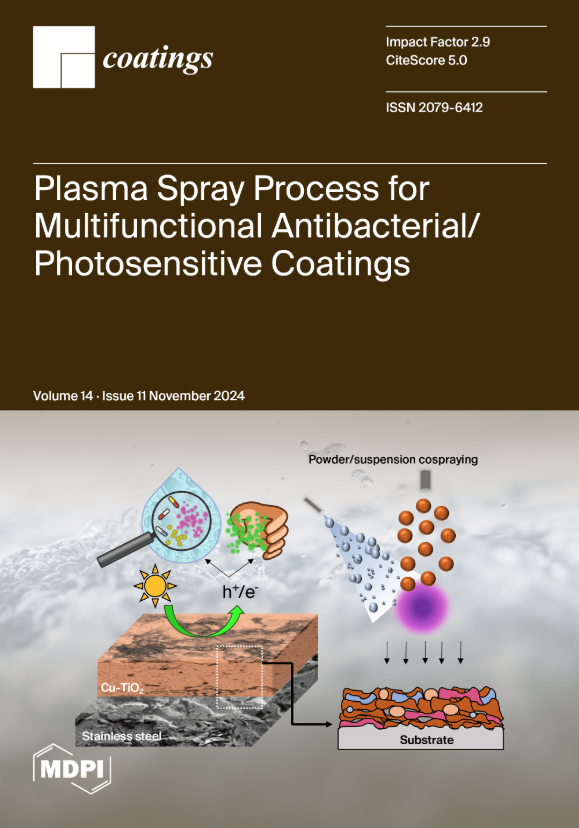Evaluation of Microbial Degradation of Thermoplastic and Thermosetting Polymers by Environmental Isolates
IF 2.8
3区 材料科学
Q2 MATERIALS SCIENCE, COATINGS & FILMS
引用次数: 0
Abstract
In this study, a microbial–enzymatic strategy was pursued to address the challenge of degrading thermoplastic and thermosetting polymers. Environmental microorganisms were isolated, and their enzymatic activities were assessed using colorimetric assays to evaluate their potential for producing enzymes capable of degrading these polymers. Microorganisms demonstrating higher positivity in the enzymatic assays were selected for a 30-day biodegradation experiment, in which epoxy resins, polyethylene terephthalate, or polystyrene served as the sole carbon source. The effectiveness of biodegradation was assessed through the ATR-FTIR analysis of the chemical composition and the SEM examination of surface characteristics before and after degradation. The results indicated that thermoplastic compounds were more susceptible to microbial degradation, exhibiting greater changes in absorbance. In particular, PET treated with Stenotrophomonas sp. showed the most significant efficacy, achieving a 60.18% reduction in the area under the curve with a standard error of ± 3.42 when analyzed by FTIR spectroscopy. Significant alterations in surface morphology were noticed in thermoplastic compounds. In contrast, thermosetting compounds demonstrated lower reactivity, as evidenced by the absence of band shifts in FTIR spectra and minor changes in bond absorbance and surface morphology.环境分离菌对热塑性和热固性聚合物微生物降解的评估
本研究采用微生物酶策略来应对降解热塑性和热固性聚合物的挑战。研究人员分离了环境微生物,并使用比色法评估了它们的酶活性,以评估它们产生能够降解这些聚合物的酶的潜力。在酶测定中表现出较高阳性的微生物被选中进行为期 30 天的生物降解实验,实验中环氧树脂、聚对苯二甲酸乙二酯或聚苯乙烯是唯一的碳源。通过对降解前后的化学成分进行 ATR-FTIR 分析和对表面特征进行 SEM 检查,评估了生物降解的效果。结果表明,热塑性化合物更容易被微生物降解,吸光度变化更大。其中,用 Stenotrophomonas sp.处理 PET 的效果最为显著,在用傅立叶变换红外光谱分析时,曲线下面积减少了 60.18%,标准误差为 ± 3.42。热塑性化合物的表面形态发生了显著变化。相比之下,热固性化合物的反应活性较低,这体现在傅立叶变换红外光谱中没有条带偏移,而且键的吸光度和表面形态发生了轻微变化。
本文章由计算机程序翻译,如有差异,请以英文原文为准。
求助全文
约1分钟内获得全文
求助全文
来源期刊

Coatings
Materials Science-Surfaces, Coatings and Films
CiteScore
5.00
自引率
11.80%
发文量
1657
审稿时长
1.4 months
期刊介绍:
Coatings is an international, peer-reviewed open access journal of coatings and surface engineering. It publishes reviews, research articles, communications and technical notes. Our aim is to encourage scientists to publish their experimental and theoretical results in as much detail as possible. There is no restriction on the length of the papers. Full experimental and/or methodical details must be provided. There are, in addition, unique features of this journal:
* manuscripts regarding research proposals and research ideas will be particularly welcomed
* electronic files or software regarding the full details of the calculation and experimental procedure - if unable to be published in a normal way - can be deposited as supplementary material
 求助内容:
求助内容: 应助结果提醒方式:
应助结果提醒方式:


